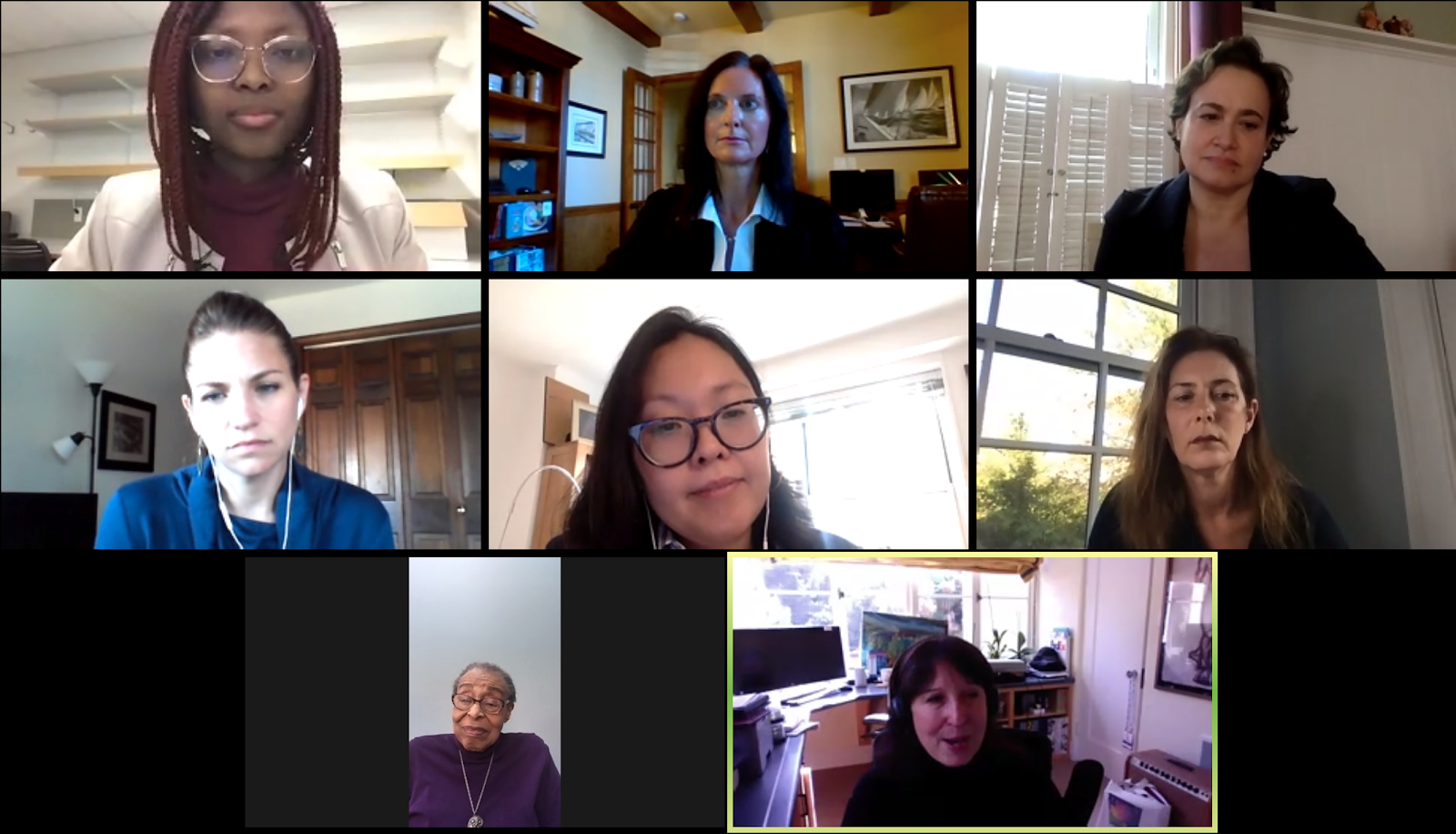
Lucy Hodgman, Contributing Photographer
On Tuesday, the Department of Chemistry hosted a virtual symposium celebrating female scientists whose achievements have been historically overlooked.
The event was originally planned to be held in April, as part of the 50WomenAtYale150 celebration that took place between September 2019 and September 2020, but was moved online due to the COVID-19 pandemic. The event was moderated over Zoom by Assistant Professor of Chemistry Stacy Malaker, the department’s newest faculty member. It featured the unveiling of an exhibit highlighting nine female scientists, which will be displayed in the Sterling Chemistry Laboratory, as well as a series of presentations on and remarks from female chemists with ties to Yale. After the event, several of the speakers participated in a panel, during which they answered questions from the audience.
“There have been a lot of really important women who have accomplished amazing things in chemistry and they’re not as often in the textbooks as you would think,” said Professor of Chemistry Patrick Holland, who helped to plan the symposium. “Chemistry textbooks tend to read as a bunch of white guys, and there have been numerous women that have been real scientific pioneers and a lot of times their stories have not been told.”
Holland planned the symposium in collaboration with several graduate students in the Department of Chemistry. According to Ali Bodnar GRD ’24, an organizer of the event, the symposium had been in the works since December of 2019. When it became clear that the pandemic would prevent the event from being held in April, Bodnar and several other initial planners held off on the planning of the event until August 2020, when they recruited additional organizers and set a date for the virtual symposium in November.
Susannah Huth GRD ’24, another student involved in the planning, explained that graduate students worked to publicize the event, invited potential speakers and assembled the exhibit that the Department of Chemistry plans to install.
“I’m glad that the [50WomenAtYale150] initiative has brought special attention to the contributions of women in chemistry because I think they should always be celebrated, especially since chemistry is a male dominated field (and we have a male dominated department),” Huth wrote in an email to the News.
According to their website, The 50WomenAtYale150 initiative organized “an abundance of lectures, exhibitions, and performances,” in celebration of the 50th and 150th anniversary of coeducation in Yale College and in the University as a whole, respectively.
For Malaker, who joined the department’s faculty this year, moderating the event was an exciting introduction to the department and to the Yale community.
“It’s been an awesome experience for a multitude of reasons,” Malaker told the News. “One, I love that I’m joining a faculty that is visibly celebrating women’s contributions to science and chemistry. Not only that, I got to interact with graduate students that I probably wouldn’t have otherwise interacted with, and they’re so brilliant and inspired and really engaged with this event.”
The event began with remarks from Malaker, as well as two presentations on female chemists who have been associated with Yale. Professor of Chemistry James Mayer presented on Charlotte Fitch Roberts, who became the first woman to receive a Ph.D. in chemistry from Yale in 1894, while Diana Wasserman YSM ’77 presented on her mother, Elga Wasserman, a trained chemist who oversaw the process of Yale becoming coeducational in 1969.
Malaker presented a video introducing the exhibit that will soon be installed in the Sterling Chemistry Laboratory, which features such prominent female scientists as Marie Curie, Rosalind Franklin and Esther Hopkins GRD ’67, the first African-American woman to graduate from Yale with a Ph.D. in chemistry.
Hopkins herself gave remarks at the event, in conversation with Chair of the Department of Chemistry Kurt Zilm.
“Eventually, the grand-niece of a field slave got a Ph.D. from Yale,” Hopkins said. “I then had to get over that experience from Yale. The stress of always being worried about what’s going to happen to you or what might happen to you and your family really puts you in a position where you’re very tense. It took me about 10 years to get over that, and then I got to feeling very much that Yale was my sword and my shield.”
In addition to Hopkins, the event also featured remarks from Alanna Schepartz, who was a faculty member in the Chemistry Department for over 30 years before she moved her lab to the University of California, Berkeley.
“It’s a perfect time for this event to be put up,” Bodnar said. “I feel like we’re finally able to put the spotlight on women — not just in chemistry, but as Yale as a whole, I think holistically it’s also just coming together. With our first female vice president [of the United States] just being elected, it’s really just perfect timing, so even if we couldn’t have it in April, having it now is great.”
The symposium was followed by the women-led STEM networking event, co-hosted with the Yale Scientific Magazine.
Lucy Hodgman | lucy.hodgman@yale.edu







